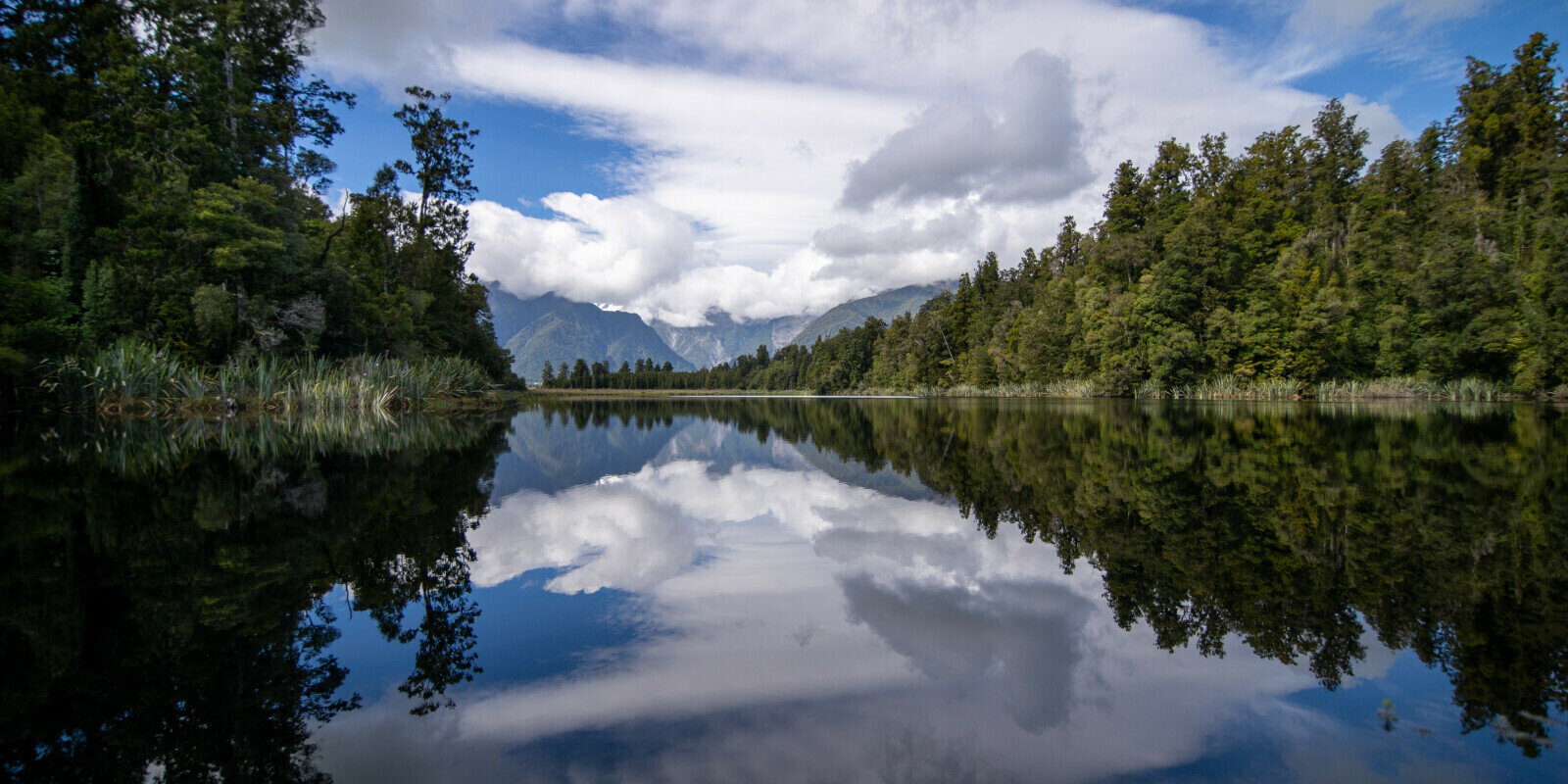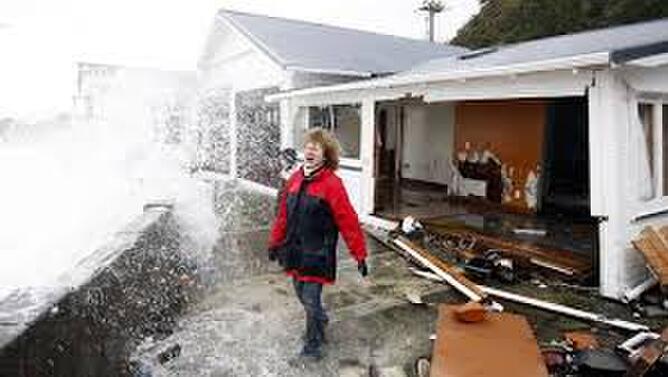From July 2019 the Earthquake Commission will no longer be providing House contents insurance cover (which has been $20,000) for natural disasters, and will be increasing the cover for properties from $100,000 to $150,000.
We have recently seen media coverage of the announcement by IAG that they will not be taking on new house contents risk in the Wellington market as it is 'too risky'. As identified by interest.co.nz commentator Gareth Vaughan, this is a concern as between IAG (which owns the AMI, State, Lumley and NZI brands and as well as the products it underwrites for the likes of ASB, Westpac, BNZ and The Co-operative Bank) and Vero - they provide 70% of New Zealand's fire and general insurance cover.
In mid March 2019 IAG stated that:
'It was continually reviewing its approach to risk in Wellington, and was giving "priority to existing customers with regard to contents insurance”.
The company said it was still writing new contents business in Wellington, but wouldn’t specify whether this meant it would insure say 5% or 80% of people who applied for cover.
Wellington's insurance shake-up: IAG's 'conservative' approach set to ripple across industry
This approach by IAG reminded me of a newsletter that I received from Bridges about how risky New Zealand is for fire and general insurers - I've copied it below for your reference.
New Zealand- Taking 2nd Place on the Global Stage - for house and contents insurance
We're a risky country and that's a fact according to a report undertaken by reinsurer Lloyds. They reviewed 43 countries on their expected loss from disaster by looking at the probability of a natural disaster happening and multiplying that by the cost.
NZ ranked second, just behind Bangladesh at 0.66% of gross domestic product. The last time this report was undertaken in 2012 we were third, just behind Chile.
Since then we've seen the cost of the Canterbury earthquakes continue to rise, a second major earthquake striking Kaikōura and Wellington and then a major flood in Edgecumbe all of which have contributed to the cost determination.
The report also ranks how well-insured people are by comparing premiums as % of GDP. We slipped 2 places and are sitting at 4th. The Netherlands, South Korea, and the US sit ahead of us.
So what does this mean?
Because we're a risky country, it's important that New Zealand remains well-insured both as a country and as individuals. That means not only ensuring we insure our assets but making sure coverage of those assets is sufficient to replace them.
As a country we can look at various ways in which we can minimise risk such as not building communities in areas prone to flooding. As individuals we can minimise our risk by reviewing our existing insurance to ensure we can maintain our quality of living in the face of a loss or widespread disaster.
Under-estimating the cost to replace assets is an area we encourage all of our clients to consider. An example of this is with house insurance. Often people neglect to add the cost of demolition and removal to the calculation process which can be substantial.
While the statistics show that we're a risky bunch, we have to remember that they provide us simply with knowledge; it’s up to us to act on this knowledge and as they say “Be A Kiwi & Carry On”
Please note: this is general advice only and you should always check your own policy wording. Please contact your Bridges Broker if you have any questions at all arising from this article.


